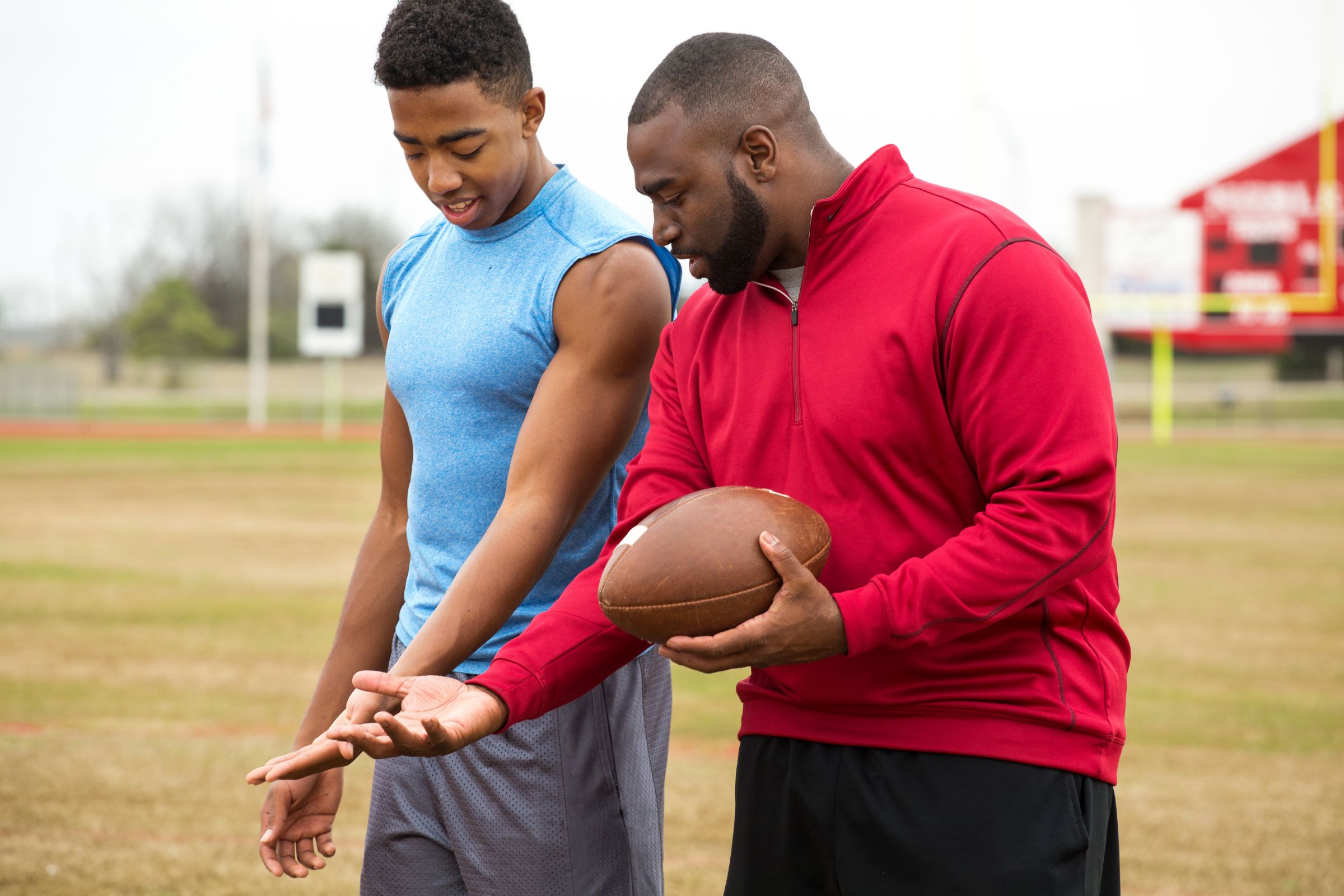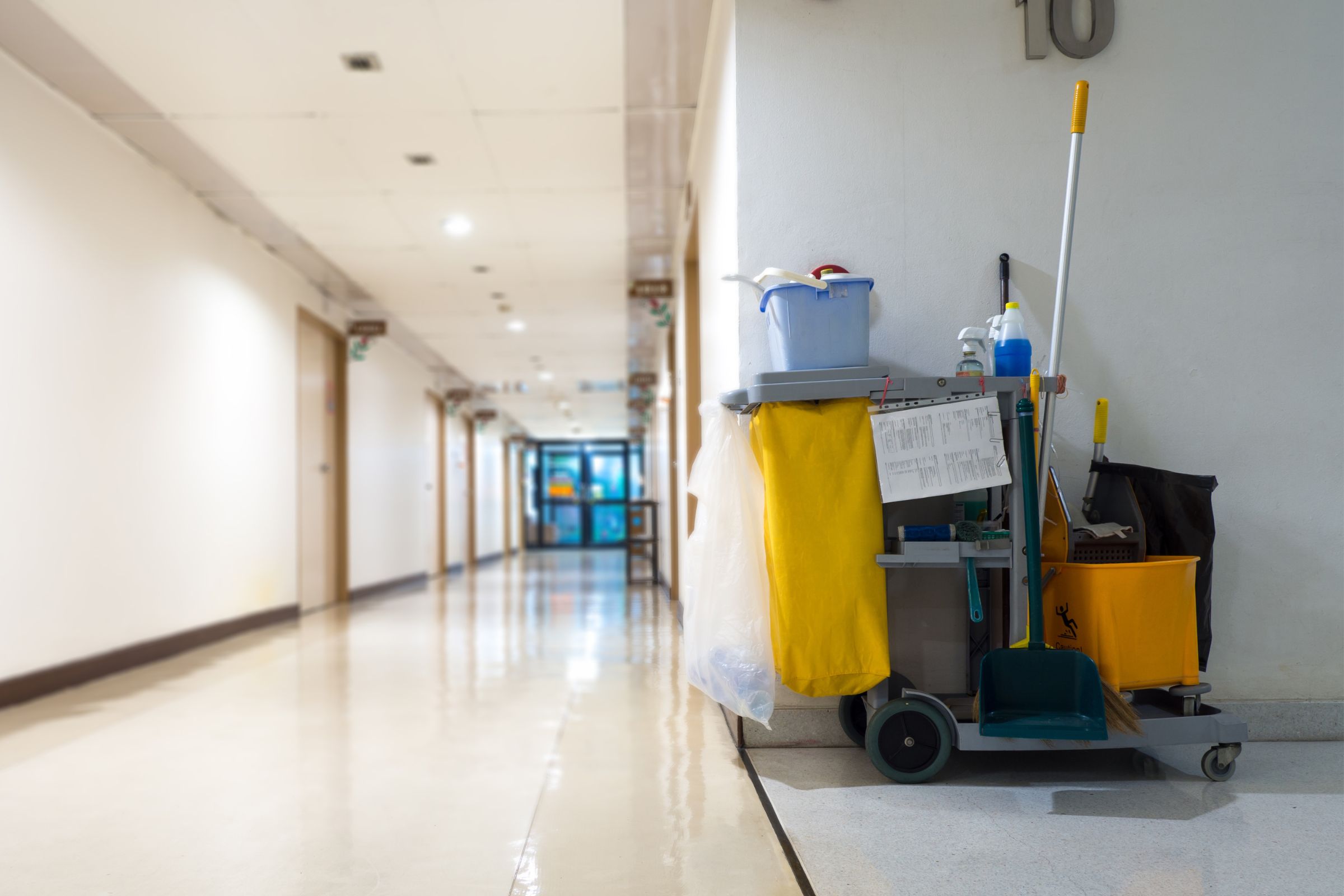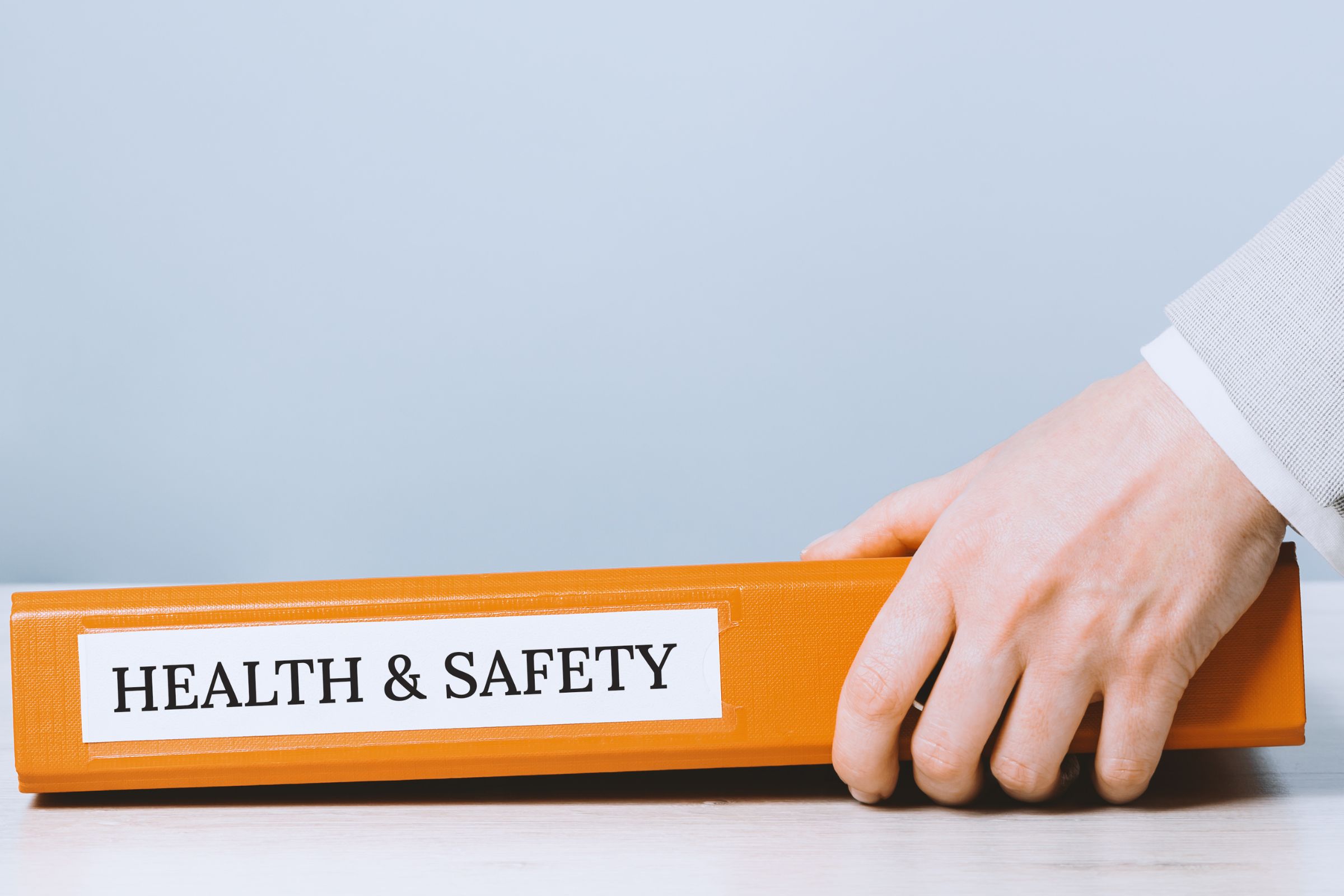Table of Contents
Related Articles
Athletic Injury Prevention: Lead the Way, Don’t Join The Play

Massachusetts educational institutions face a costly problem that’s quietly draining budgets and disrupting operations. Athletic and sports-related workers compensation claims among ISCC members have spiked dramatically, creating financial pressures that many administrators don’t see coming until it’s too late.
The root cause isn’t complex equipment failures or facility problems. Instead, it stems from something that appears beneficial on the surface: enthusiastic teachers and coaches who actively participate in physical activities rather than maintaining their supervisory role. When a 45-year-old physical education teacher jumps into a basketball scrimmage to “show students how it’s done,” they’re putting themselves at extraordinary risk for injuries that could easily be prevented.
Understanding why this happens and how to stop it requires examining the fundamental difference between teaching physical skills and demonstrating them through full participation. The solution lies in adopting a “Lead the Way, Don’t Join the Play” philosophy that protects staff while maintaining excellent educational programs.
Why Athletic Staff Injuries Cost More Than You Think
Athletic injuries involving staff members create expenses that extend far beyond immediate medical costs. Unlike typical workplace accidents, sports-related injuries often involve severe trauma because physical activities generate forces that adult bodies aren’t conditioned to handle, especially as we age.
Consider what happens when an enthusiastic volleyball coach decides to demonstrate spiking technique by jumping into active play. That coach possesses extensive knowledge and genuine desire to help students learn, but their body lacks the protective equipment, conditioning, and recovery capabilities of the teenagers they’re teaching. The resulting injury often involves complex trauma requiring extensive treatment, prolonged recovery, and significant workers compensation expenses.
These injuries typically include fractures, head trauma, torn tendons and ligaments, and serious contusions that require months of treatment and rehabilitation. Each incident disrupts educational programs, requires substitute arrangements, and creates operational challenges that multiply the true cost beyond the initial claim amount.
The Critical Difference Between Facilitating & Participating
The distinction between facilitating learning and participating in activities represents the foundation of effective injury prevention, but this boundary often becomes blurred when educators want to enhance student engagement.
Facilitating means creating learning environments where students can safely explore athletic abilities while receiving appropriate guidance. This includes demonstrating techniques at reduced speed and intensity, organizing activities and equipment, explaining rules and strategies, and providing feedback that helps students develop skills. The facilitator maintains their educational and supervisory role while ensuring learning objectives are met safely.
Participating involves staff members engaging in competitive activities at full intensity, actively playing alongside students, or attempting high-speed demonstrations that create unnecessary risk. When a physical education teacher actively plays dodge ball or a coach jumps into scrimmage games, they’ve crossed from facilitation into participation, dramatically increasing injury risk while potentially compromising their ability to supervise all students properly.
The key insight is that effective teaching doesn’t require staff members to match student energy levels or competitive intensity. Students learn through guided practice and appropriate modeling, not by watching teachers risk injury attempting to keep up with participants who are typically decades younger and in better physical condition.
Implementing Practical Safety Guidelines
Creating effective athletic injury prevention requires clear guidelines that help staff understand appropriate boundaries while maintaining educational quality. The most successful programs address common scenarios with specific guidance that staff can apply in real-time situations.
Physical Education Classes Staff should focus on technique instruction and safety supervision through demonstrations at reduced intensity. For basketball instruction, this means showing proper shooting form at moderate pace rather than attempting full-speed gameplay. During volleyball lessons, appropriate involvement includes explaining positioning and demonstrating serves gently, not jumping into competitive play.
Athletic Practices and Games Coaches must maintain supervisory roles by organizing activities and providing strategic guidance without engaging in full-contact or high-intensity participation. In football, this means organizing drills and explaining techniques while serving as referees or timekeepers, never engaging in contact activities. Basketball coaching includes moderate-pace passing demonstrations and strategic explanations, but avoiding scrimmages or high-intensity moves that could result in falls.
Recreational Activities and Special Events These situations often present the greatest challenges because informal atmospheres can encourage inappropriate staff participation. During field trips or celebration activities, staff must maintain supervisory responsibilities even when environments feel casual. For kickball at recess, appropriate involvement includes organizing teams and explaining rules, not running bases or attempting diving catches.
High-Risk Activities to Avoid Certain activities consistently generate staff injuries and should be approached with particular caution. These include running at full speed, active dodgeball participation, floor hockey involvement, roller skating or rollerblading, skiing or snowboarding activities, and competitive participation in volleyball, kickball, or basketball games.
Teaching Safe Demonstration Techniques
Effective athletic instruction requires demonstration, but these demonstrations must be conducted safely to serve educational purposes without creating injury risk. Understanding how to demonstrate skills appropriately represents a crucial component of comprehensive safety programs.
Safe demonstration involves showing techniques at controlled speeds with deliberate movements that allow students to observe proper form and technique. When teaching tennis, staff can demonstrate proper swing mechanics at reduced speed while explaining key points, but should avoid full-power demonstrations that require the explosive movements and quick reactions that create injury risk.
Equipment use during demonstrations should emphasize safety over impressive displays. Using moderate force and operating at “half speed” provides adequate instructional value while protecting staff from the impacts and stresses associated with full-intensity participation. If pre-existing injuries or conditions exist, staff should be particularly conscious of activities that might aggravate these issues.
Student demonstration represents an excellent alternative that achieves instructional objectives while eliminating staff injury risk. Having capable students demonstrate physical movements allows other students to observe proper technique while keeping staff in their appropriate supervisory role.
Building Comprehensive Prevention Programs
Successful athletic injury prevention requires systematic approaches that integrate safety principles into all aspects of physical activity supervision. This begins with hazard identification processes that help institutions recognize activities and situations creating elevated staff injury risk.
Policy development must address both general principles and specific guidance for common scenarios. Written policies provide essential frameworks, but practical implementation requires training that helps staff apply safety principles in dynamic educational environments where quick decisions are often necessary.
Training programs should address safe demonstration techniques, appropriate equipment use, and alternative teaching methods that achieve learning objectives without requiring risky staff participation. New hires, staff transitioning to different assignments, and anyone requiring refresher training need comprehensive orientation explaining both the rationale behind safety guidelines and practical implementation techniques.
Regular evaluation through incident tracking, staff feedback, and program assessment helps identify areas needing additional attention while demonstrating program effectiveness. Near-miss reporting becomes particularly valuable because many dangerous situations don’t result in injuries but provide important learning opportunities for program improvement.
Measuring Success & Maintaining Progress
Effective athletic injury prevention programs require ongoing evaluation to demonstrate value and identify improvement opportunities. Traditional workers compensation data provides important baseline information, but comprehensive assessment requires additional indicators that capture program effectiveness before injuries occur.
Cost-benefit analysis should account for both direct workers compensation savings and broader operational benefits including improved staff retention, reduced substitute costs, and enhanced program reliability. The investment in comprehensive athletic safety programs typically generates substantial returns through reduced claim costs and improved operational stability.
Staff engagement and compliance levels offer crucial insights into program implementation effectiveness. Regular feedback helps identify situations where staff feel conflicted between educational objectives and safety requirements, allowing administrators to address concerns and refine guidelines.
ISCC / FutureComp Support For Athletic Safety Excellence
ISCC members have access to specialized resources designed for educational institutions managing athletic and physical education programs. These resources address the unique challenges of balancing educational objectives with staff safety requirements in ways that enhance rather than compromise program quality.
Loss control professionals understand the specific risks associated with athletic supervision and can provide targeted guidance for developing policies and training programs that fit institutional needs. Early consultation during program development helps identify potential implementation challenges and develop solutions that work within existing operational constraints.
The foundation of sustainable athletic safety lies in understanding that protecting staff from preventable injuries represents both ethical obligation and practical necessity. When institutions implement comprehensive “Lead the Way, Don’t Join the Play” programs, they typically see measurable improvements in both safety outcomes and program quality. Staff who understand appropriate boundaries feel more confident in supervisory roles, students receive better instruction, and administrators can focus on educational enhancement rather than injury response and workers compensation management.
Download our sample athletic safety policy to help guide the development of clear, effective protocols that protect staff and support your institution’s physical education programs.
The ISCC is here to help. Access our resources—sample policies, training materials, and expert guidance on our website to start or enhance your safety program and better protect staff from injury while maintaining the high-quality physical education and athletic programs your students deserve.





